In 2014, I was a retired DEA Special Agent working for the U.S. government in the Counter Narcotics (CN) program as a mentor to a Counter Narcotics Police Afghanistan (CNP-A) National Interdiction Unit (NIU). Gone were the days when active-duty agents mentored the host country counterparts.
I was stationed in Herat, Afghanistan, at a CN base just a couple of hundred yards from NATO Camp Arena. Our camp was the source of speculation for the inhabitants of the arena. All that most knew was that there were a couple of armed, plain-clothed Americans who lived there, and there would often be unmarked helicopters that would land inside the compound.
Being in Herat for several months and learning about the area, I knew one place I really wanted to visit was the Jihad Museum. Built in 2010 to memorialize the brave Mujahideen who fought Soviet invaders from 1979 to 1989, it became a place for Afghans to learn the history of this conflict.
My partner and I had no travel restrictions, so we were able to move freely about town in our nondescript armored Land Cruiser. Unlike other armored Land Cruisers in the area, ours wasn’t new, and it showed no outward signs of armoring. Just a plain white Land Cruiser. With our interpreters up front and us sitting in the back, we never drew any attention as we drove around town.
Each of our initial attempts to visit the museum failed as it was always closed. Another day, a car bomb attack against the American consulate shut down travel. It seemed that I would never get there.

My partner’s end of mission (EOM) soon came up, and I was alone in camp with about 60 Afghan police. I needed to get to the museum before my EOM came up in a couple of months.
I had previously invited my friend, Colonel Mohammed of the CNP-A, to my camp for lunch to introduce him to the NIU Commander. It was strange that different entities of the same organization operated independently of each other.

The Colonel and I hit it off despite our language differences, and the food at our dining facility was outstanding. So, it was no surprise that when I invited the Colonel for lunch again with the NIU Commander, he quickly agreed knowing how good chow was. During lunch, I asked if it would be possible to visit the museum at some point. The Colonel said, “Of course, let’s go now.”

So off we went to the Jihad Museum. Rather than blending in with our Land Cruiser, we were in the middle of a convoy of CNP-A Ford Rangers with police officers riding with their AK-47s and each truck with a manned RPD. So much for discreet travel.
I was the only infidel, yet I felt completely comfortable with my Afghan counterparts. Looking a bit swarthy helped, but my M4 gave me away, not to mention the large security detail for the Colonel and the other, separate detail for the NIU commander.
When we arrived at the museum, it was closed as usual. The museum is an impressive building with a rounded roof and the names of the fallen inscribed on the walls in blue tiles. The building is surrounded by gardens and Russian armored vehicles, aircraft, and the dreaded MI-24 gunship.

With a powerful Colonel as my host, the museum quickly opened its doors, and we had a private guided tour. I know the Afghans in our group were as excited to visit the museum as I was. They had never seen it before, even the guys from Herat.
Upon entering, we had to don blue booties like a surgeon would wear. The floors are highly polished marble, and the booties protect the floor from scratches. A former Mujahideen fighter met us and was our docent. He explained the many battles with the Soviets, the suffering of the Afghan people as well as the weapons displays. Throughout the museum are photographs and paintings of the Mujahideen fighters, especially of the leaders who defeated the Soviets.

The museum has three floors. The first floor consists of the different weapons used by the Mujahideen and the Soviets from old Martini-Henry’s and Lee-Enfields to PPSh SMGs, AK-47s, and mines, rockets, grenades, and mortars. There were displays of uniforms as well. Interesting to note, I later found out the explosives on display hadn’t been rendered safe.
The second floor had displays with photographs of life during the war. There were pictures of Russian prisoners and their letters to home. Notably, there was a picture of a famous Russian MIA soldier. More on him later.

The third floor was the most fascinating part of the museum. The entire floor consisted of displays of lifelike dioramas and murals. Since much of the Afghan population is illiterate, written descriptions would be useless in educating them as to their history. The first diorama was a lifelike display of the famous Mujahideen commanders.
The other dioramas/murals depict the major battles against the Russians. Our docent explained the battles to us in animated detail. Some of the dioramas had a soundtrack of battle sounds to add to the realism. The dioramas depicted the violence of war to include the execution of Russian soldiers, execution of Afghans, and other scenes of battle. The realism is amazing, and seeing these fierce freedom fighters is immensely powerful; it makes their history come alive.

A bonus highlight of the visit was meeting the famous Bakhretdin Khakimov, whose picture was on the second-floor gallery as the Russian MIA soldier I mentioned before. Khakimov is now known as Sheikh Abdullah.
Khakimov first came to Afghanistan as a Soviet intelligence officer tasked to kill the Mujahedeen. In September 1980, Khakimov was seriously wounded, went missing, and was thought to be dead. After the battle, Khakimov was found by an Afghan family who nursed him back to health. Upon recovering, he decided to remain in Afghanistan and converted to Islam.

Abdullah became a farmer and practiced herbal medicine. He married and became an Afghan citizen. In 2013, after a search by the Russian Veterans Committee looking for missing Russian soldiers in Afghanistan, Khakimov was located. Abdullah declined repatriation to Mother Russia and now works at the museum.
The day was growing late, and we wanted to get back to base before it got dark. The exhibits and the quality of them were truly excellent. The realism and detail are a tribute to the artisans who created these amazing displays, and we all left with a profound understanding of the horror of war.

The admission fee was waived due to the Colonel’s presence, so I thanked our guide and pressed a 100-dollar bill in his hand to cover his time. This facility is certainly a world-class war museum and worth a visit, though for the time being is probably not going to be on many Americans’ bucket lists.
The Jihad Museum is in Herat, Afghanistan, on Roodaki Highway.

NEXT STEP: Download Your Free Target Pack from RECOIL
For years, RECOIL magazine has treated its readers to a full-size (sometimes full color!) shooting target tucked into each big issue. Now we’ve compiled over 50 of our most popular targets into this one digital PDF download. From handgun drills to AR-15 practice, these 50+ targets have you covered. Print off as many as you like (ammo not included).
Get your pack of 50 Print-at-Home targets when you subscribe to the RECOIL email newsletter. We’ll send you weekly updates on guns, gear, industry news, and special offers from leading manufacturers – your guide to the firearms lifestyle.
You want this. Trust Us.
Read the full article here




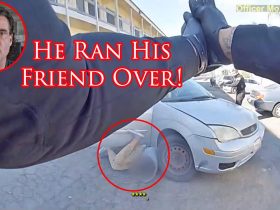
![Jihad Museum Herat: Monument to Resistance to Soviet Occupation [VIST] Jihad Museum Herat: Monument to Resistance to Soviet Occupation [VIST]](https://www.recoilweb.com/wp-content/uploads/2024/10/RECP-202501-VISIT-1.jpg)


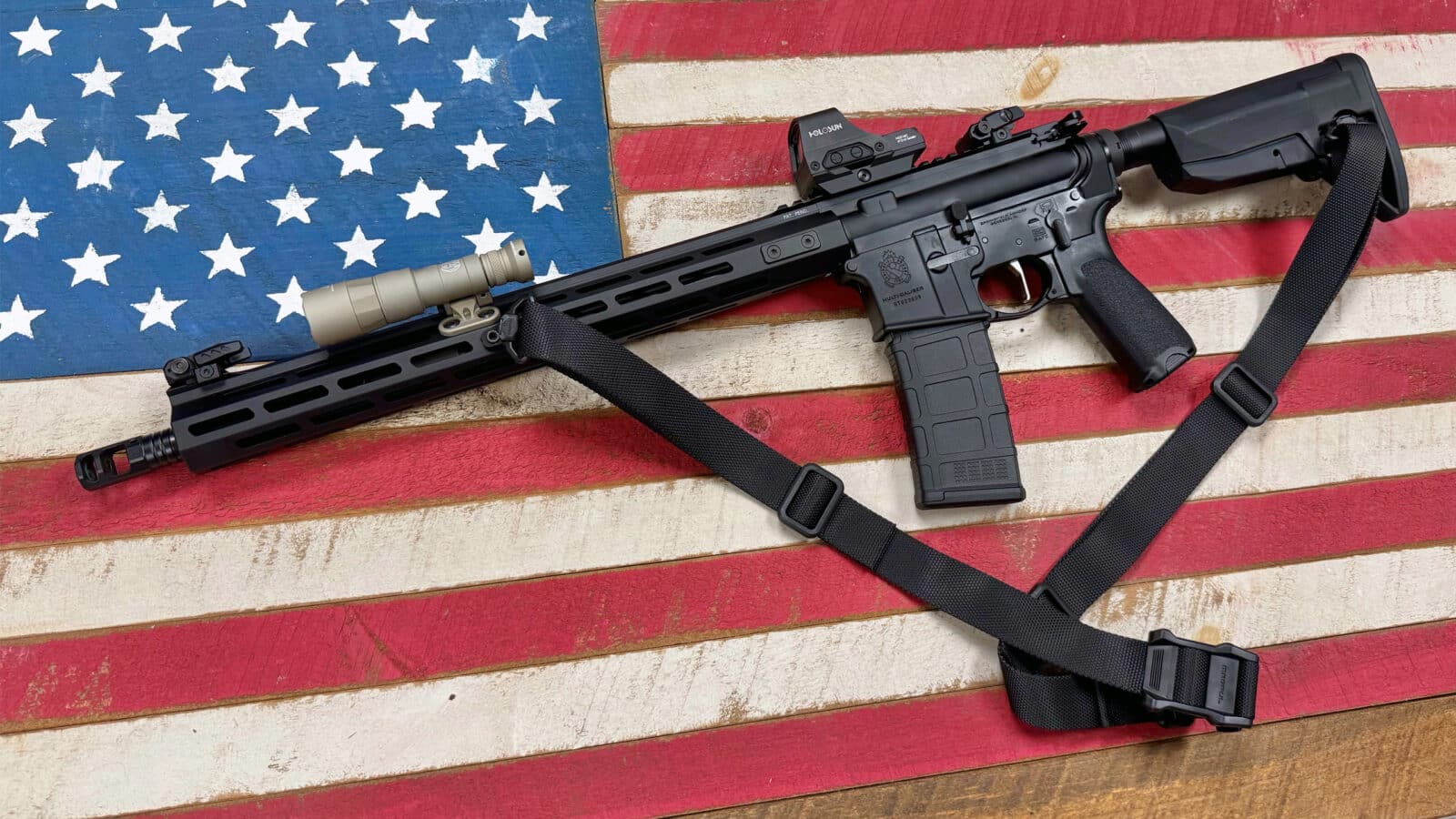





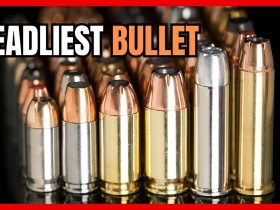
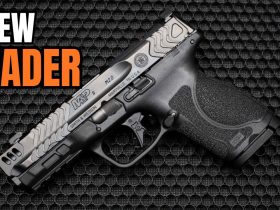
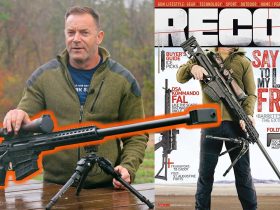

Leave a Reply